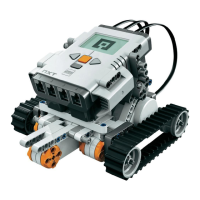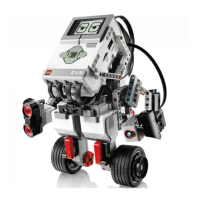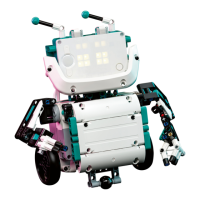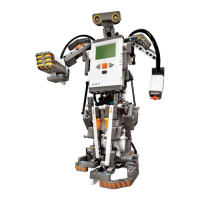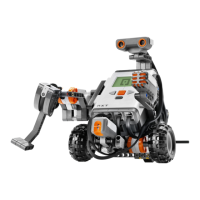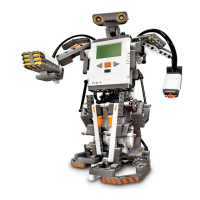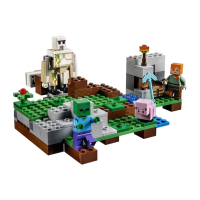Page 3
Mobile robots actually come in two varieties: tethered and autonomous. A tethered robot "cheats" by dumping its power supply and brain overboard, possibly relying on a desktop computer and a
wall outlet. Control signals and power are run through a bundle of wires (the tether) to the robot, which is free to move around, at least as far as the tether will allow.
Autonomous mobile robots are even more challenging. These robots need to bring everything along with them, including a power supply and a brain. The power supply is typically an array of
batteries, which adds a lot of weight to the robot. The brain is also constrained because it has to fit on the robot, not weigh a ton, and be frugal about sucking power out of the batteries.
This Is Tough Stuff
The field of autonomous mobile robotics is extremely challenging. Have you ever seen an autonomous mobile robot, besides in the movies? Probably not. If you have been lucky enough to see
such a robot, was it doing something useful? Probably not. If the robot was supposed to do something useful, did it work? Probably not.
If it wasn't so hard to make autonomous mobile robots, the world would be full of them. Wouldn't it be nice to have a robot do your laundry or drive you to the airport? But the cold truth is that it's
unbelievably difficult to make a robot that can do even the simplest of tasks. It all comes down to one fact: it's very hard to deal with the real world.
To understand this, think about how you might try to make a robot to vacuum your living room. This is a pretty simple task to describe: basically you just want to move the vacuum back and forth
over the rug until the whole thing is clean. Suppose you modify your vacuum cleaner so that it can move around on its own, by adding more motors and a small computer brain. Just consider the
staggering complexity:
• How does the robot keep from getting tangled up in its own power cord, assuming it's a tethered robot? If it's not tethered, you need to find a power supply that will run the robot for long enough
to clean at least one room.
• How does the robot know where it's been already? How does the robot know where it is? How does it know where to go next?
• How does the robot navigate around obstacles like table legs and furniture?
• How does the robot recognize things it shouldn't vacuum, like money, or toys, or your cats?
You can answer these questions, but not well, not simply, and not cheaply. After years of sweat and expense, you might produce a robot that could vacuum a room, but only under very closely
controlled conditions. Add a rocking chair, or
Page 4
drop a child's toy in the middle of the room, and you'd probably have to start all over again.
Another reason that robotics is so challenging is that it spans many different disciplines. Suppose that you want to go down in your basement and build a mobile robot. Without some sort of kit,
you'd probably need to take along a team of highly educated, highly paid engineers, including:
• An electrical engineer chooses the brain, sensors, and maybe the actuators, and wires them all together. This person probably selects the power supply, as well.
• A mechanical engineer designs the body and possibly selects the actuators. The mechanical person needs to be familiar with the other components of the robot (brain, sensors, actuators, and
power supply) so that everything fits together mechanically.
• A computer programmer writes the software for the robot. This task usually requires intimate knowledge of the brain, sensors, and actuators that the electronics and mechanical people have
chosen.
• For specialized designs, you might even want to have a chemical engineer to select or design the power supply.
It is very rare for a single person to be knowledgeable in all of these fields. Designing a mobile robot, then, is often a collaborative effort, which makes it even more complex.
Autonomous mobile robots, for the most part, are still confined to the research programs of colleges, universities, and governments. This research is divided into two camps: the big robot people
and the little robot people.
Big Is Beautiful

